The golden and blue hours: an interview with photographer Sam Hartnett
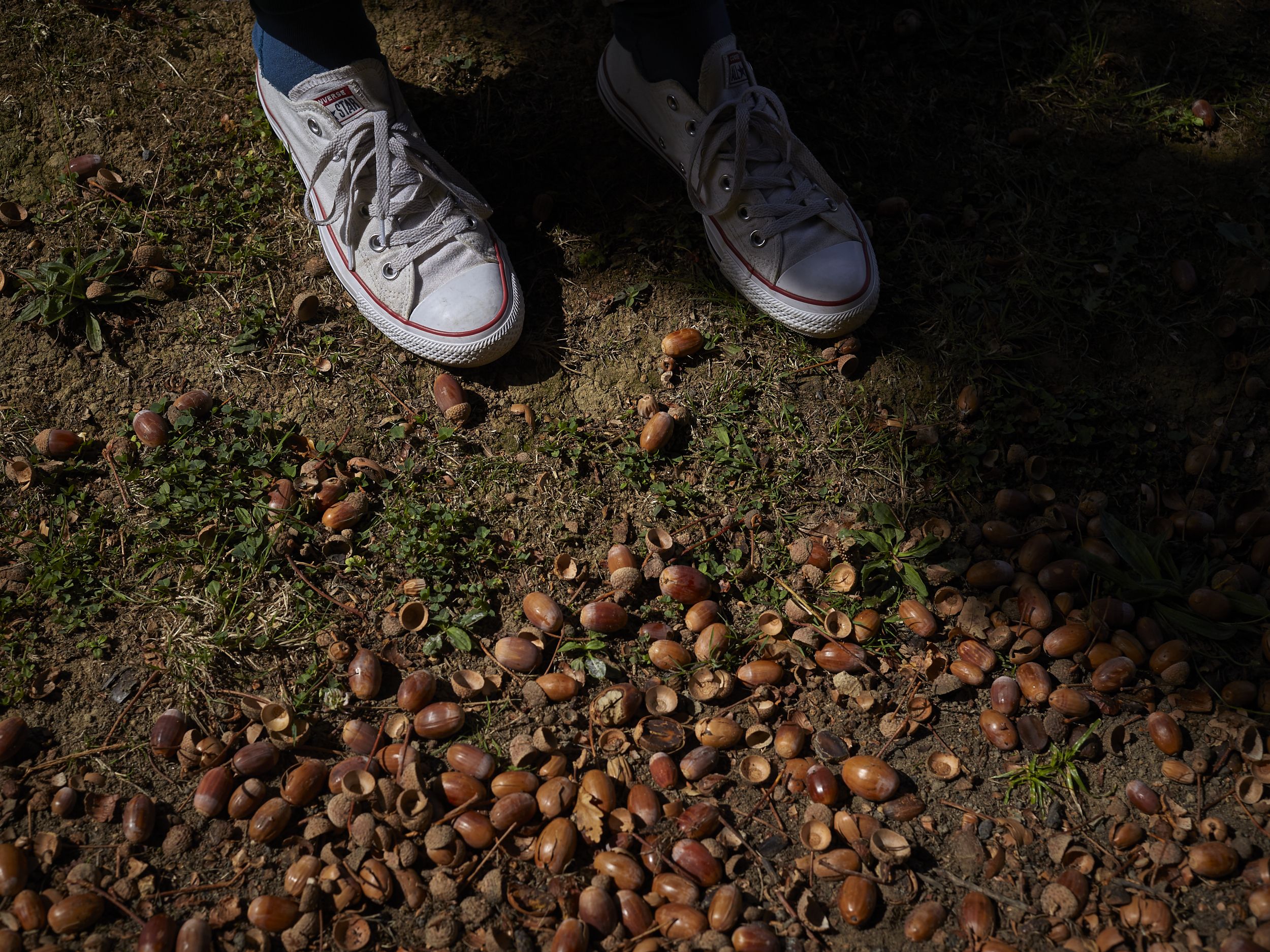
Sam Harnett lives in Aotearoa New Zealand where he photographs art and architecture for galleries and clients across the country. He has a personal photographic practice as well — images that focus on the small but repetitive pressures humans make on their built and natural environments.
Here — in the first of Shorthand’s Artist Series of interviews — he chats with Thomasin Sleigh about digital storytelling, the narrative of a house, and the "body fat" of a building.
Thomasin Sleigh: Sam, can you tell me a bit about your background and how you came to photography?
Sam Hartnett: I feel like I’ve done it forever. I started with an interest in street photography and I’d spend a lot of time on my commute to work in town, photographing around Auckland; the people and street scenes, mostly using a disposable camera. Then I started to study after that. It’s all happened really organically, and kind of snowballed.
TS: Sam, one of the reasons that I thought it’d be great to talk to you was because you have such a varied practice. You do a lot of photographic documentation of art exhibitions. You do a lot of architecture. You have an art practice of your own. You work for lots of different clients. How do you balance all these different fields?
SH: I started off in art and working in galleries, and that became such a focus it kind of stopped me from actually having my own art practice, because I got so busy.
When I started on both, I was shooting every day, and my own art practice got a bit swallowed up. So, I started making work while I was at work. When I was working for the university and photographing their collection, for example, I made that body of work that was all about the collection in situ.
I was putting my own agenda on the work that I was doing for other people. When I was working with the university when they were closing down some of their libraries, I made my Ex Libris series. Work can happen when you are already at ‘work’ and you take snippets from it. It’s pretty hard, but I can make something new every couple of years.
I’ve been working on some editorial portrait photography recently too, doing a bit for Metro, and a few art magazines. When you’ve got all these art and architecture documents it’s nice to then put people in there as well.
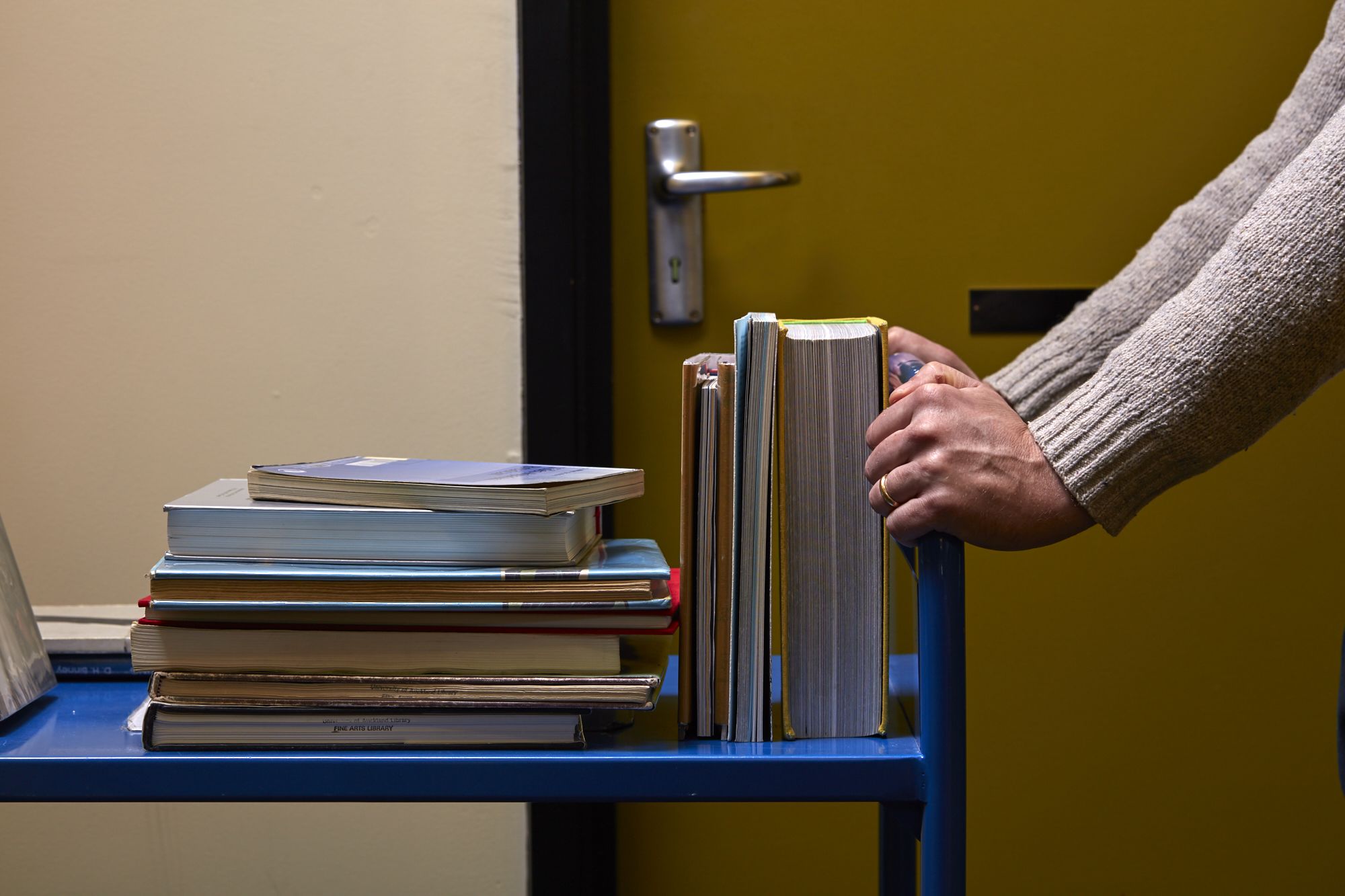
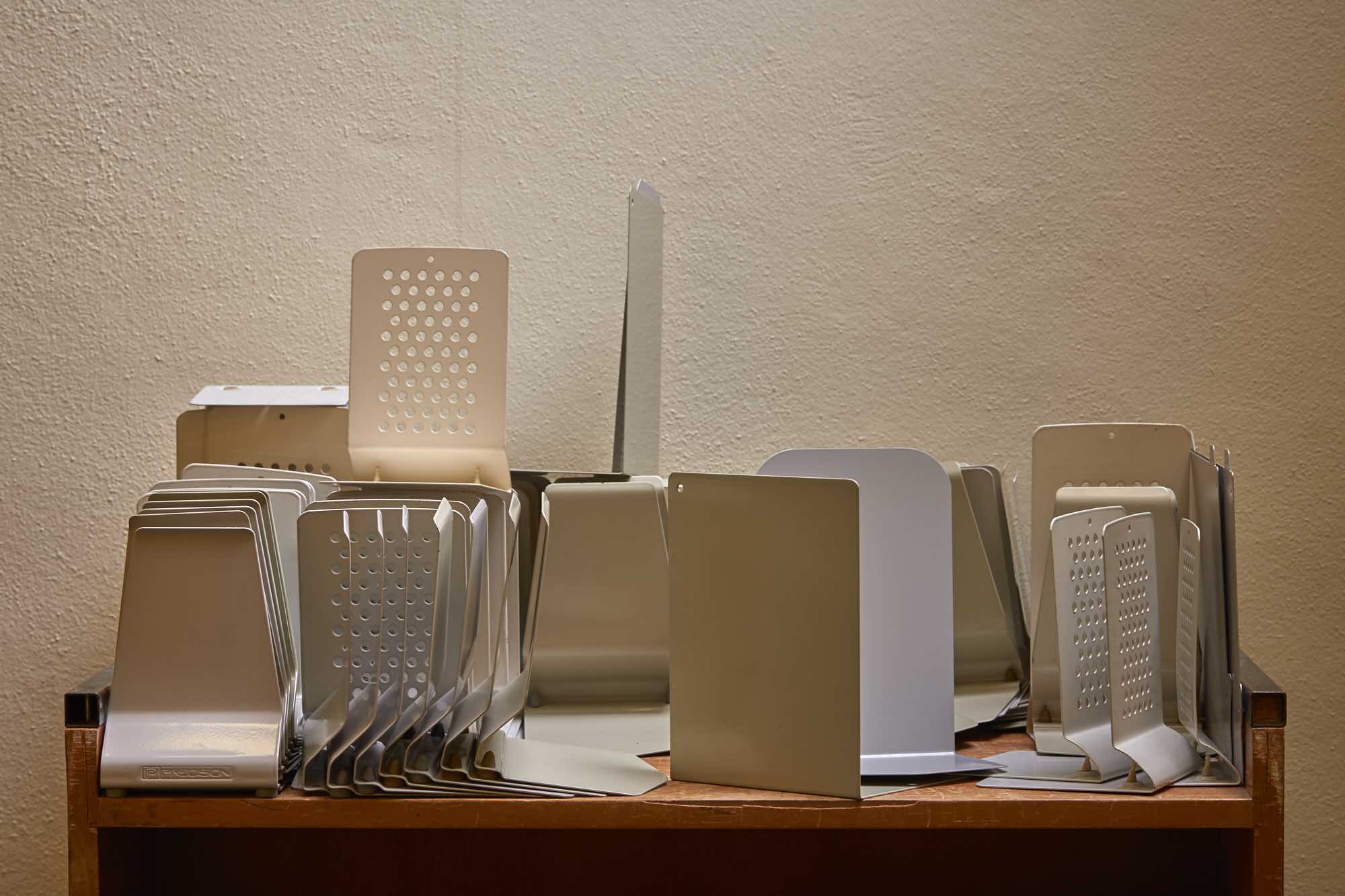
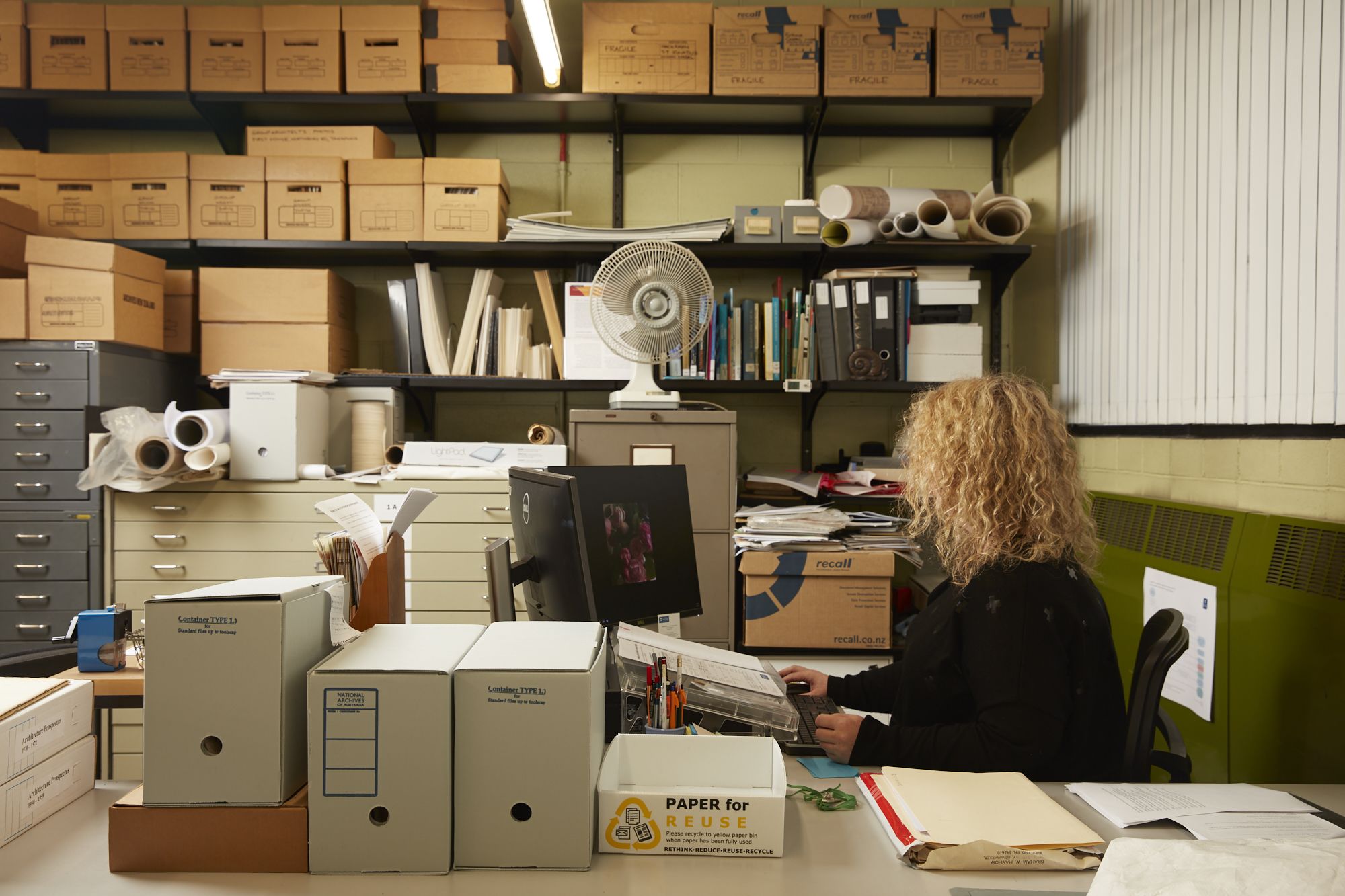
TS: Sometimes there are tiny snippets or glimpses of people in your photography, Sam. Do you have a preference for people or no people in your architectural photos?
SH: It depends on the person. Sometimes that’s really good, if they’re interesting, and if the place is interesting.
If there’s a real personality in the house that’s always the best project to shoot — if there are multiple layers, it’s just a much more interesting thing. I do like to get people in, if at all possible. When I worked with the university libraries, there weren’t very many people in those photographs, but it was all about how people scratch away at surfaces over time and how they use the space.
TS: I love the work from that series, Wendy’s Patch.
SH: Wendy had been scratching away at the floor for 40 years. And the door at the architecture school had all the scratches on it from people with nails, pushing it open every day. There’s a term for it, like when the stairs get rounded down over time with people walking down. I’ve heard it called the 'body fat of a building'.
Ex Libris, Wendy's Patch, 2018
Ex Libris, Wendy's Patch, 2018
SH: I thought this was a really nice idea. Like a small post that had about 20 layers of paint on it; every time someone goes up and grabs it, it pulls some off. It’s like grabbing onto a branch when you're walking in the bush, pulling yourself up, and wearing it down. It slowly polishes the timber.
And I’ve actually been photographing a whole series of those staircase posts and banisters — they’re called newel posts. I’ve only got about six at the moment. My great grandfather was painter Charles Blomfield, and his brother Samuel Blomfield, who I was named after, was a carpenter, and he used to make banisters, in the eighteen and nineteenth century, all around Auckland — staircases in all the buildings around town. Charles had a big house on Wood Street and there was a little kitchen at the back and two rooms at the front and there were nine of them living in there. His brother built the house and the whole house was basically one big staircase. So he’d walk in and there was this enormous staircase with the banister that came down. It was all like a massive exhibition piece.
TS: Sam, I feel like photographing art is an interesting niche. What do you look for in an art image?
SH: You just have to make it look exactly like how it looks to your eye. So you’re getting rid of all the glare and making it nice and neutral, as far as paintings go. With installations, you have to make it both how it looks and how it feels to be within that installation. You have to think about scale and try to get that feeling, get that scale feeling.
TS: Is there any art that you haven't been able to photograph? Or capture what it feels like?
SH: If anything is like a mirror, that’s hard. But I guess it’s my job, so I have to make it happen!
But I have thrown the towel in once. It was a video work that was almost completely black and then there were these rocks projected, but they were really faint. Maybe I was not really feeling it that day either. I was probably quite busy and I walked in, I saw it and I think I was really sick of going into black rooms! So I have thrown the towel in once.
TS: When I see your work on websites, I often think, ‘That exhibition looks so hard to photograph!’. This leads onto my next question: with your architectural photography, light is a theme, and the way it flows, and bends, and glows. I wondered, is there a particular time of day that you prefer to photograph buildings?
SH: A building is always going to look better in good light, and that light has to happen when it’s really low, so that it can come down and come in through the window. It’s always first thing in the morning, or last thing in the day — the golden hours and the blue hours that are shooting hours. That’s the light that brings things to life. And if the building isn’t interesting, the light might make it interesting.
TS: In your architectural photography, you don’t use much black and white, and I wondered if that was a particular decision. If you had a preference for colour, or black and white?
SH: I never really shoot in black and white, but that’s client-driven. They always want it to be colour.
TS: When you do a site visit, what do you look for? What do you do?
SH: When I’m on site visit I'll go there with a sun compass and figure out where the sun will be at certain times of the day. And also if there’s a house that needs some styling for example, I’ll sort that out. A site visit is a luxury. Often I just turn up, running blind, and I’ll have had three or four shoots in a day. I’ll be photographing a bridge, then photographing some tiny bronze sculptures. I have to think on my feet!
TS: I guess there’s a lot of people management too?
SH: There’s that and also juggling the weather. It’s rained here every day for three months, so you can’t really shoot.
TS: How do you curate your images and choose what to present?
SH: Every house will build its own narrative. You know what it feels like to see a house from a distance, and then come up through the entrance, and then come into the house and walk through. All the spaces are linked and there are places you’d sit and rest, or do other things. I go through and take those photographs, maybe multiple times as light changes, and some spaces will look better. I’ll go home afterwards and lay all these photos out and then go through and just pick ones that build the physical experience, so you get the story of the house.
TS: Your photographs feature on a huge array of platforms — from magazines and blogs, to artist websites and more. Which platforms work best for your photographs?
SH: It depends on the designer and who’s putting it together. They definitely don’t always choose the photos that I’d choose, and sometimes it’d be nice to have that control. Sometimes they might pick five images that don’t communicate anything and make the shoot look quite bad.
I was thinking about digital storytelling in the first lockdown, and doing a series with my kids. I gave myself the challenge of creating a narrative and taking photos every day; it’d be stuff like going to the supermarket or walking around, doing all those like stupid lockdown things that you had to do. And then at the end of the day, I downloaded all the images and would go through them all, and then share on Instagram. I’d have about 10 images a day, and the walkthrough of the day was a really good exercise.
TS: The repetition and pace of life in lockdown was interesting, being enclosed, but also experiencing something collectively.
SH: It was really good for me. It was a cool taste of retirement — take photos, hang out, cook.
TS: It seems like, from this conversation, that taking photos is just something that comes really naturally to you, Sam. From taking snaps on your daily commute, to taking photos of your kids during lockdown. Is that a fair comment?
SH: Yeah. Earlier on, I certainly found it invigorating, taking notice of your surroundings and your city. And I do it for my job now, which is a little bit double-edged. That was why lockdown was quite good, because when you’re always working for someone else, you’re not telling your own story. But, over time, those images pile up and become something. If not just a massive digital compost heap…
TS: Speaking of digital compost, I feel like as similarly aged late millennials, we’ve lived through a huge change in the way people create photographs and see them. Has the hardware you use to take photos changed heaps over the years? Were you taking the lockdown series of photos on your phone?
SH: I used a little digital DSLR and a 40 pancake. I started shooting film, of course, and mostly in black and white as well. Then I had to migrate over to digital, which was a bit of a learning curve. All these cameras keep getting better and better, and technology keeps on shifting, but it’s just aperture and shutter speed, really. The camera that I’ve got now feels like shooting an old film camera. It’s just a big range finder.
TS: Do you do a lot of work in post production, like in Photoshop?
SH: Not much for my own stuff, or with the portraiture work. With the art stuff, that's pretty much done all in-camera. I do as much as I can in-camera. The architectural and commercial work, it can be a pain, because the dynamic range and range of contrast is horrible and they’re impossible places to photograph. I actually give that to another person, a professional editor, because I don't actually have the time to do that anymore.
TS: Are there photographers that you love and that you follow? And where do you follow them?
SH: Internationally? Alec Soth is still someone who I follow and really enjoy the work of — all really large format, good documentation. I like Bill Culbert’s work from the ‘70s. [Sam gets down a bunch of books from his shelf].
TS: It’s interesting that you’re showing me printed books. Sam, do you buy printed photography books?
SH: I do. Have you seen this one yet? David Cook, this New Zealand photographer? This exhibition looked really fantastic, medium format with flash photography. It reminds me of Nick Waplington, another English photographer who was working around Nottingham.
TS: I look forward to checking out their work.
Sam, thanks so much for chatting with me today. It’s been so great to hear about you and your work, you’ve been really generous with your time. Thank you!
All photos courtesy of Sam Hartnett. The image of the light and steel tube on the beach is an artwork by Auckland-based artist Yona Lee.
Want to start your own photography portfolio? Try Shorthand's free photography portfolio template.

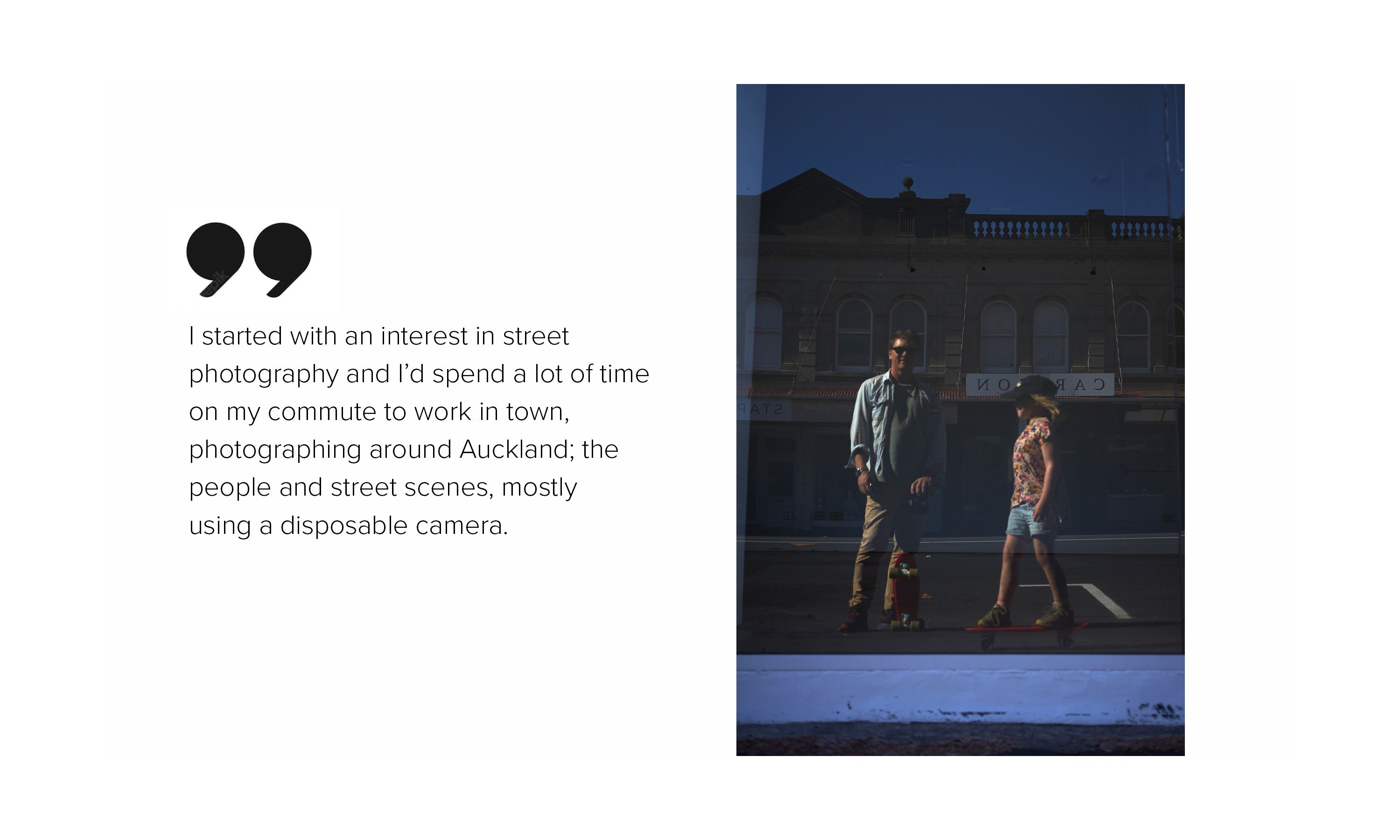

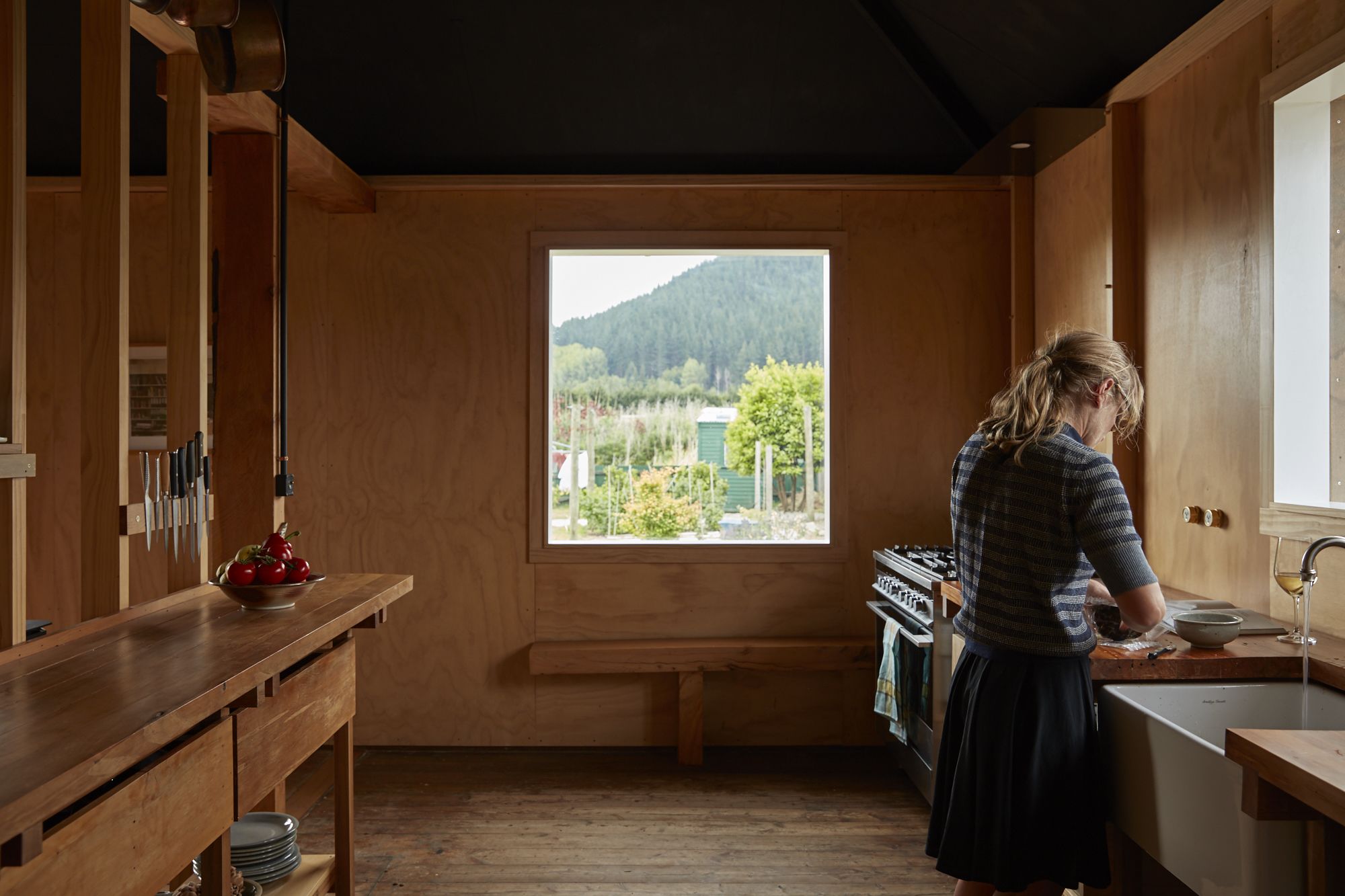
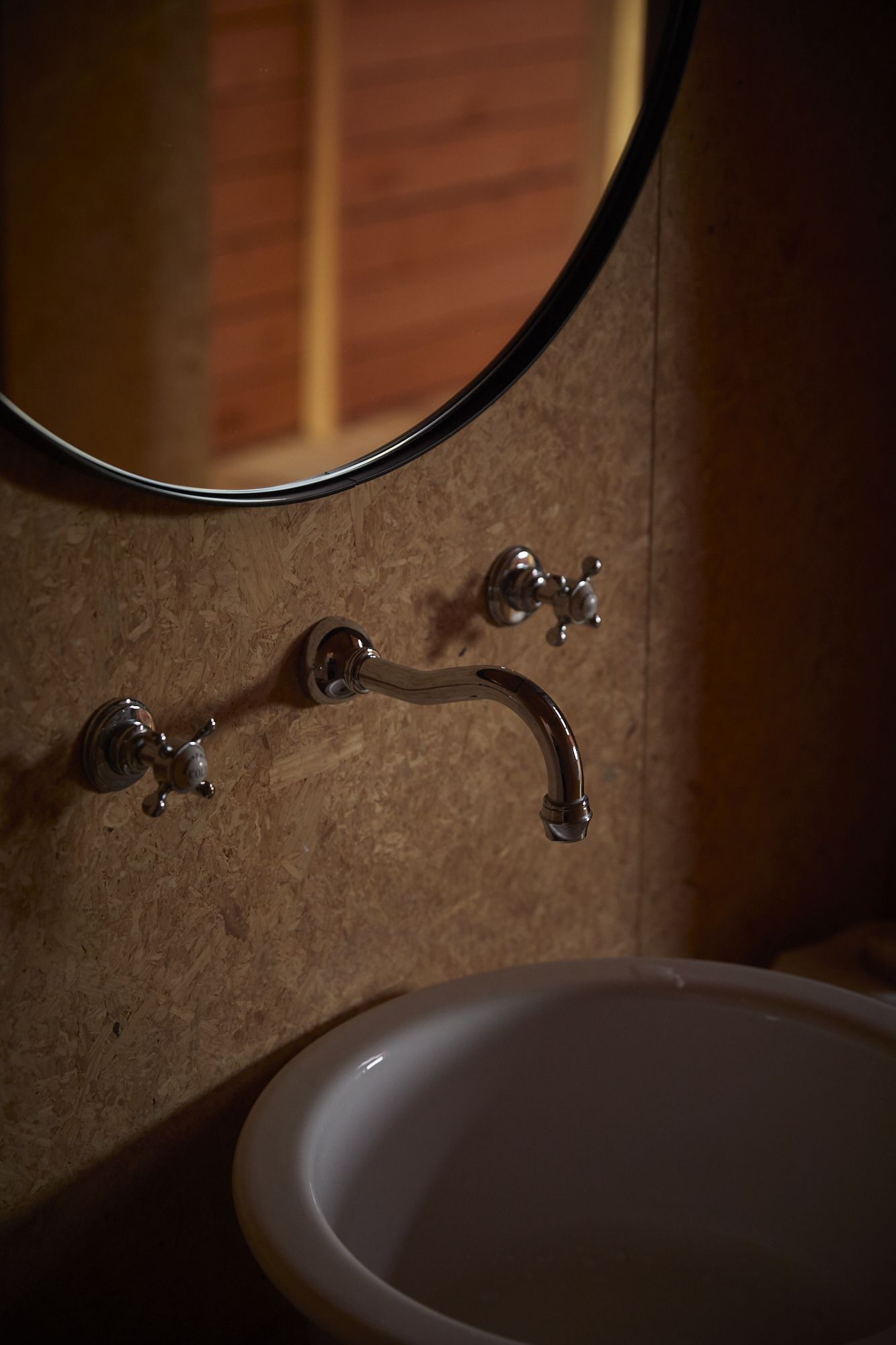
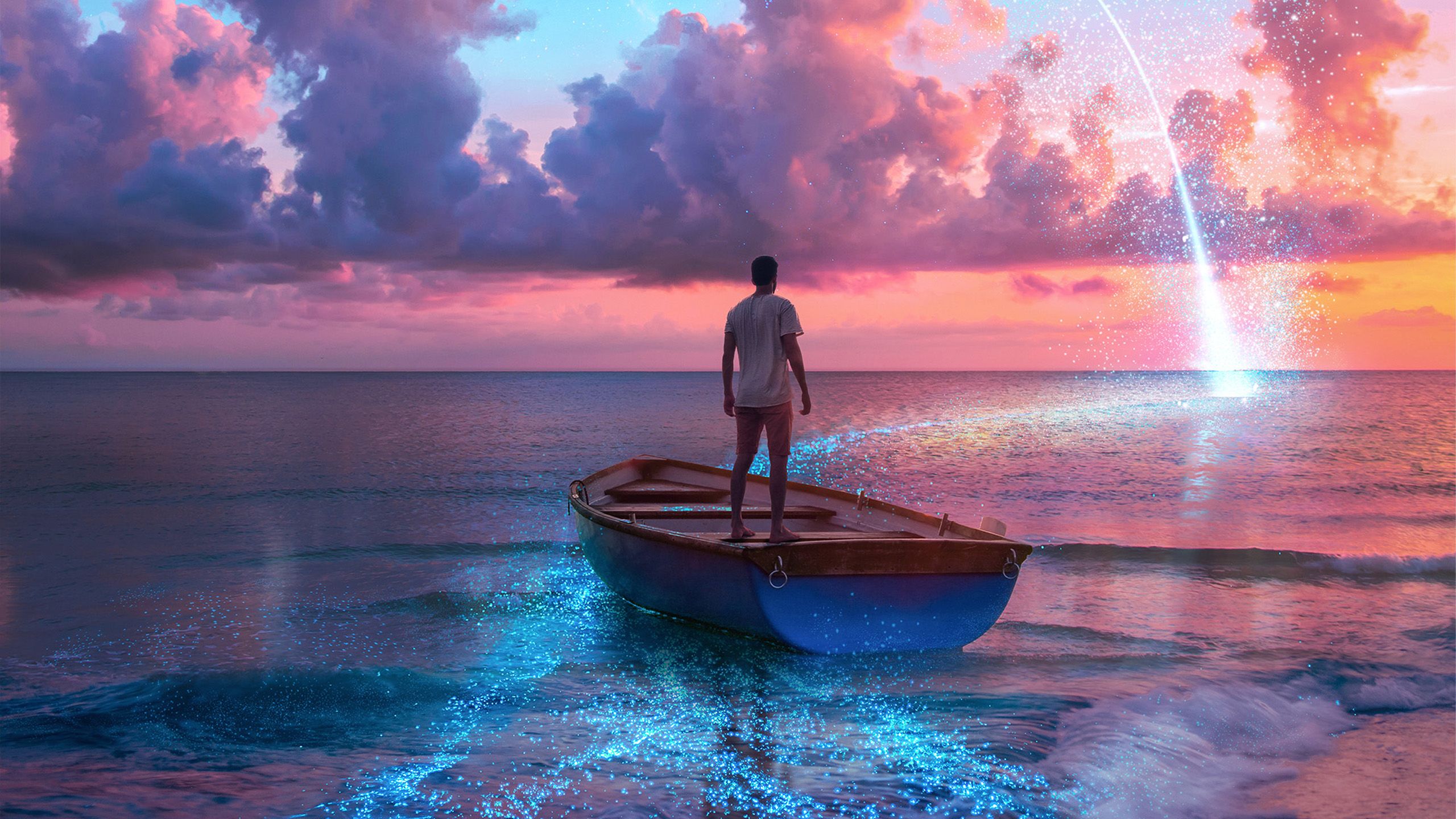


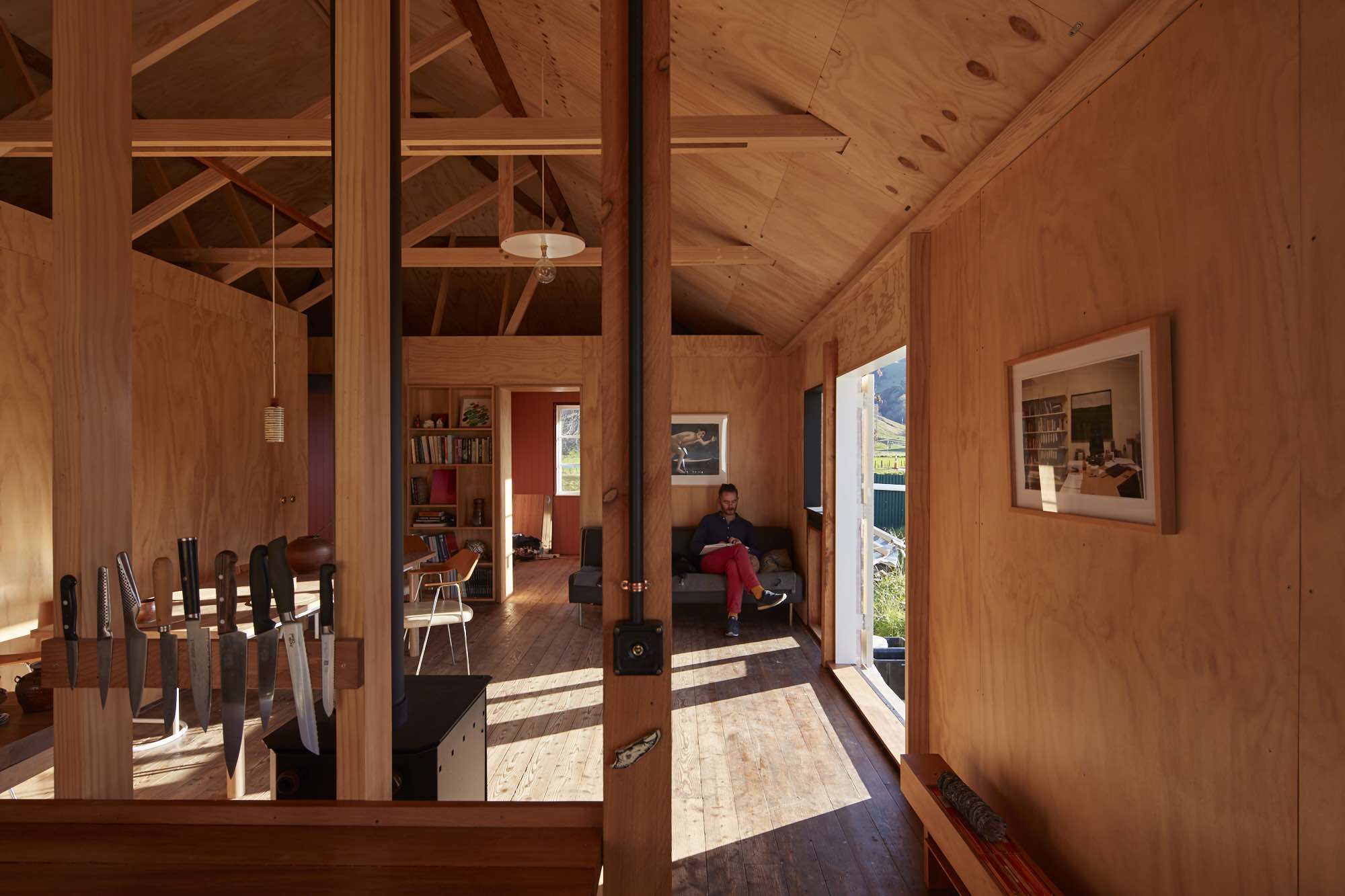
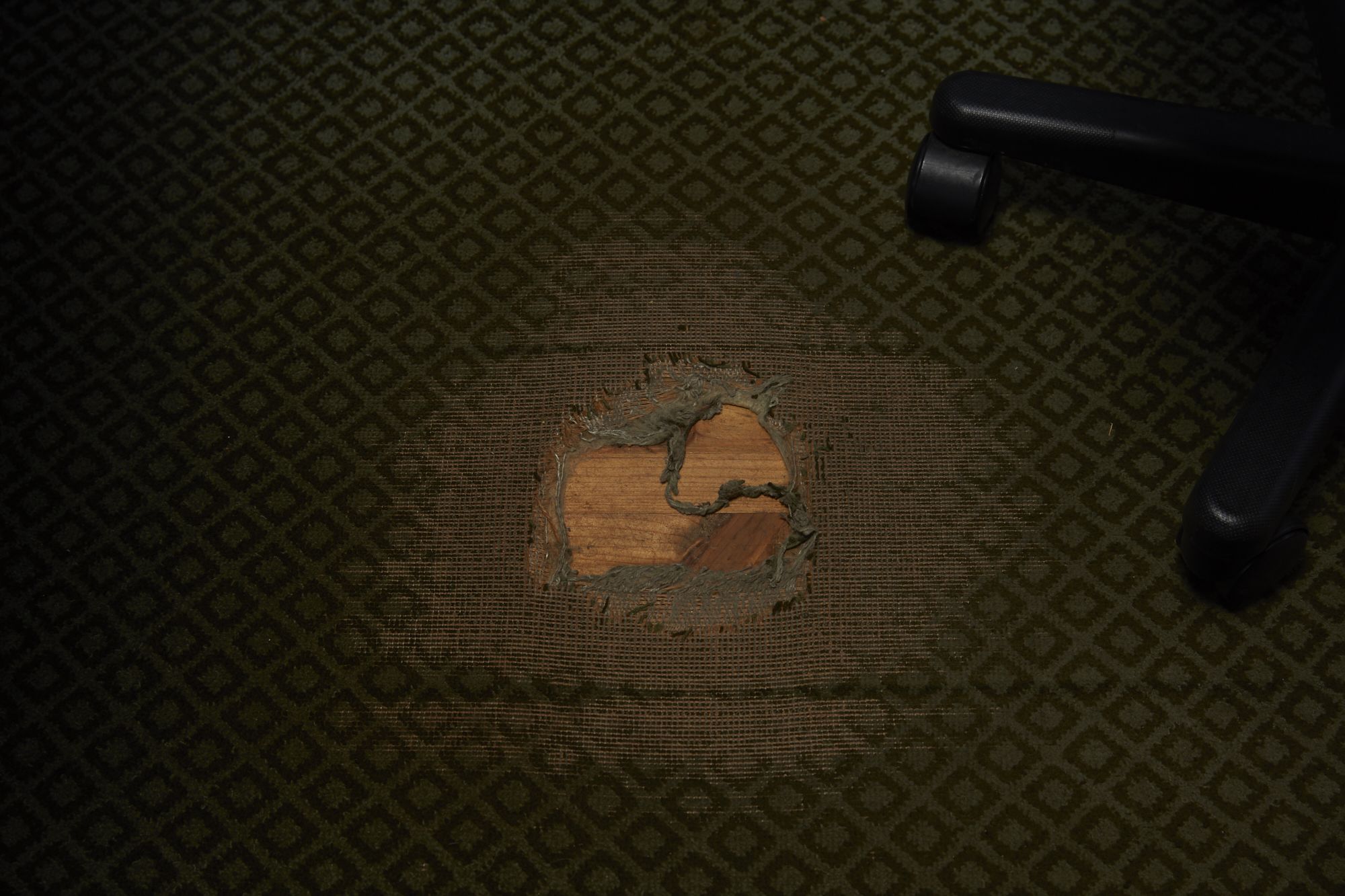
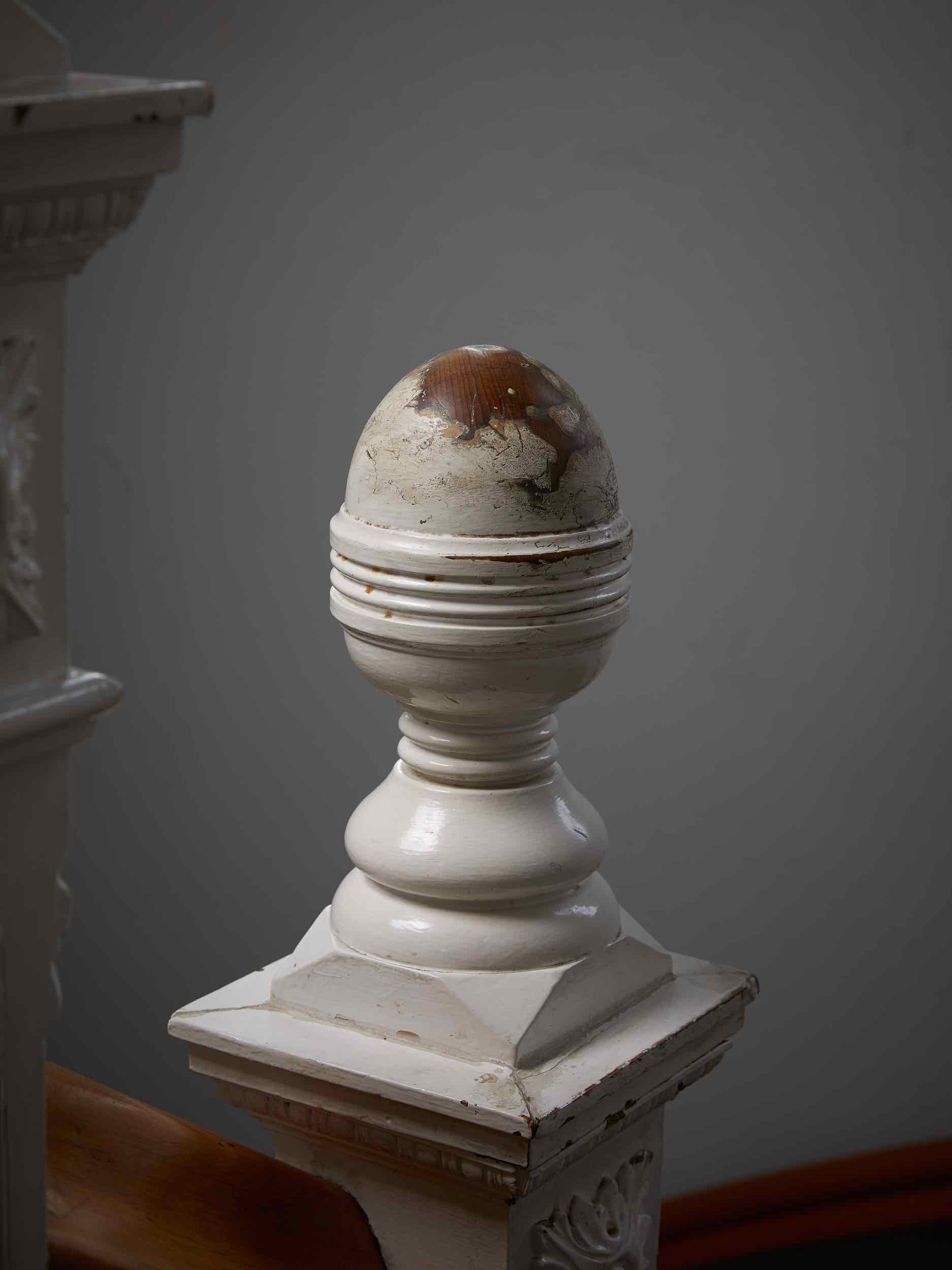
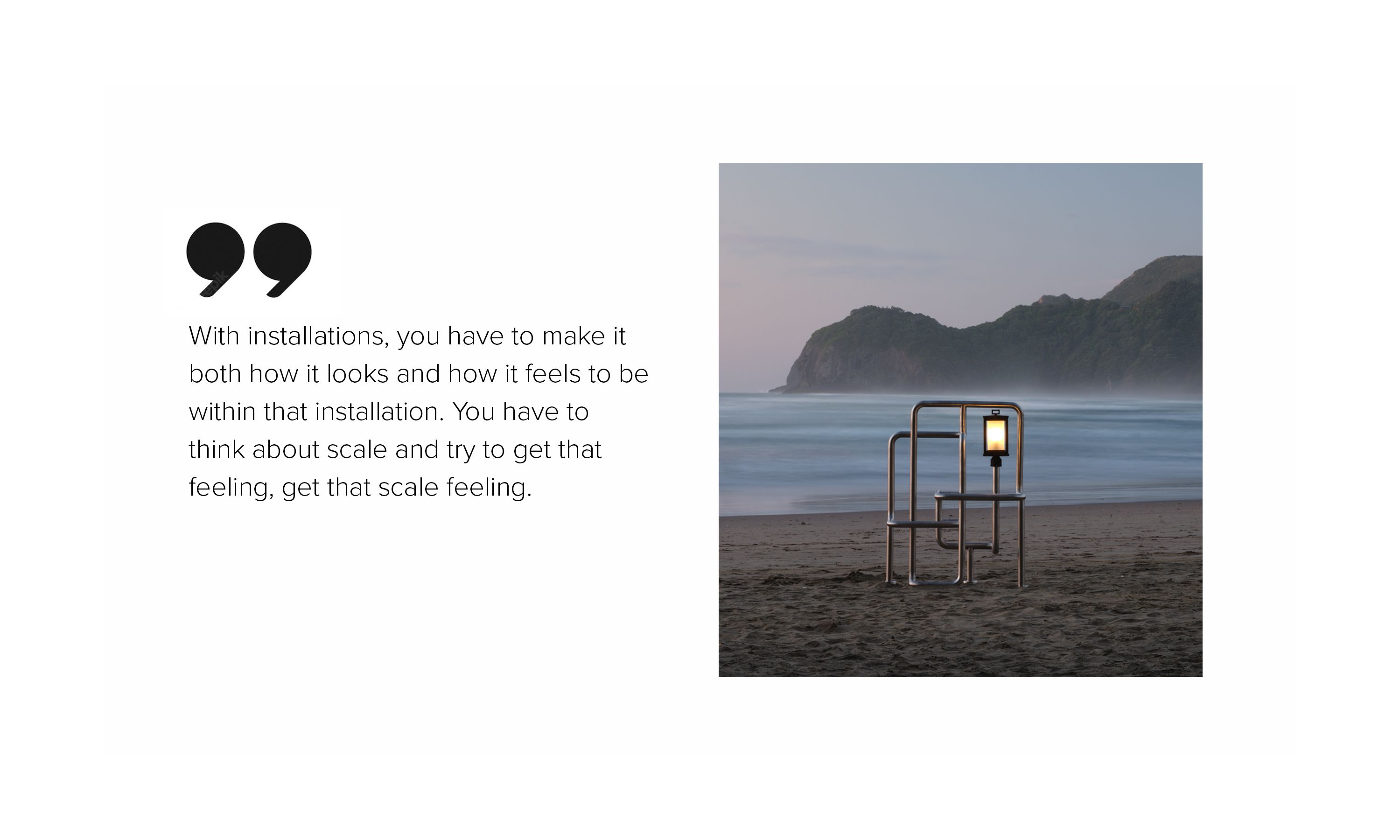
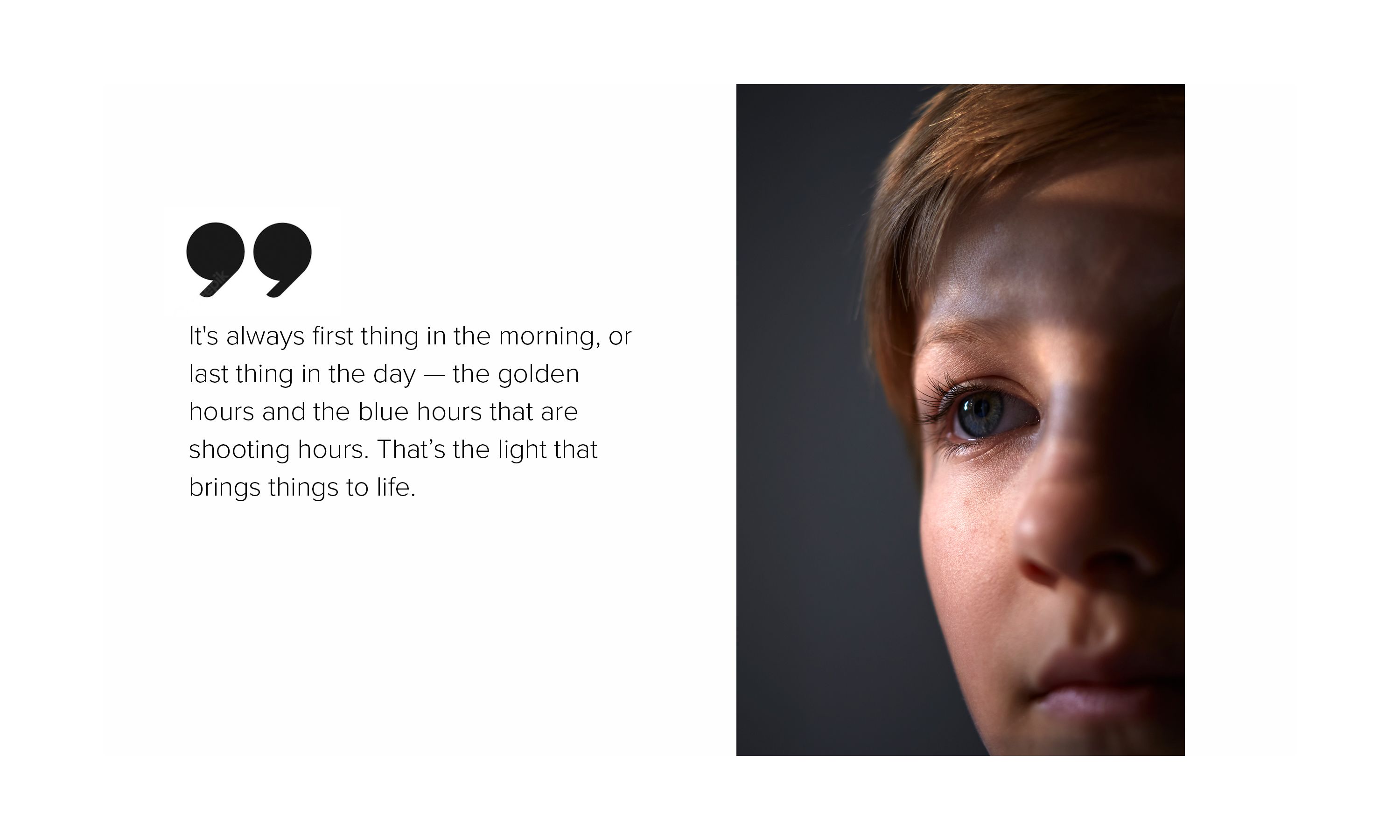
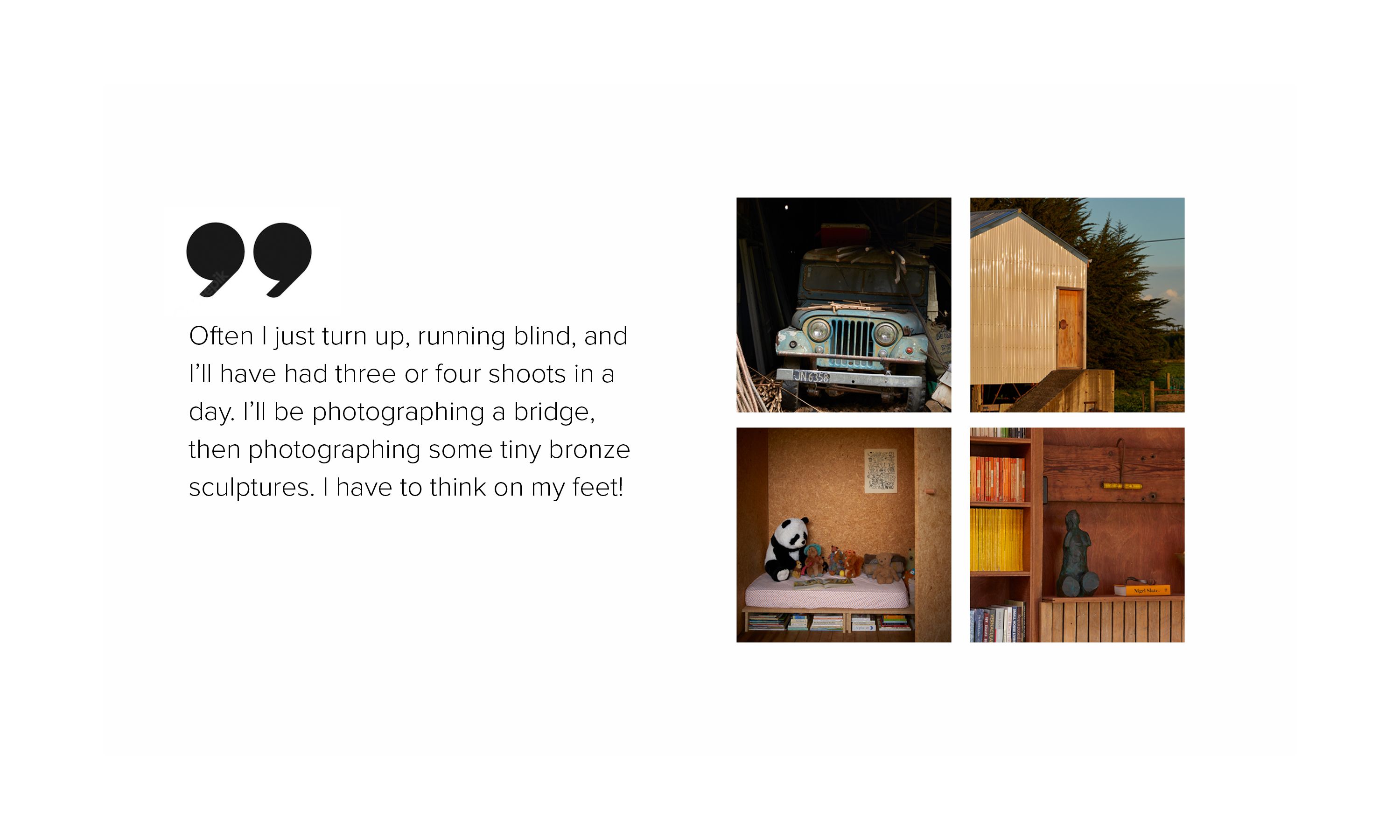

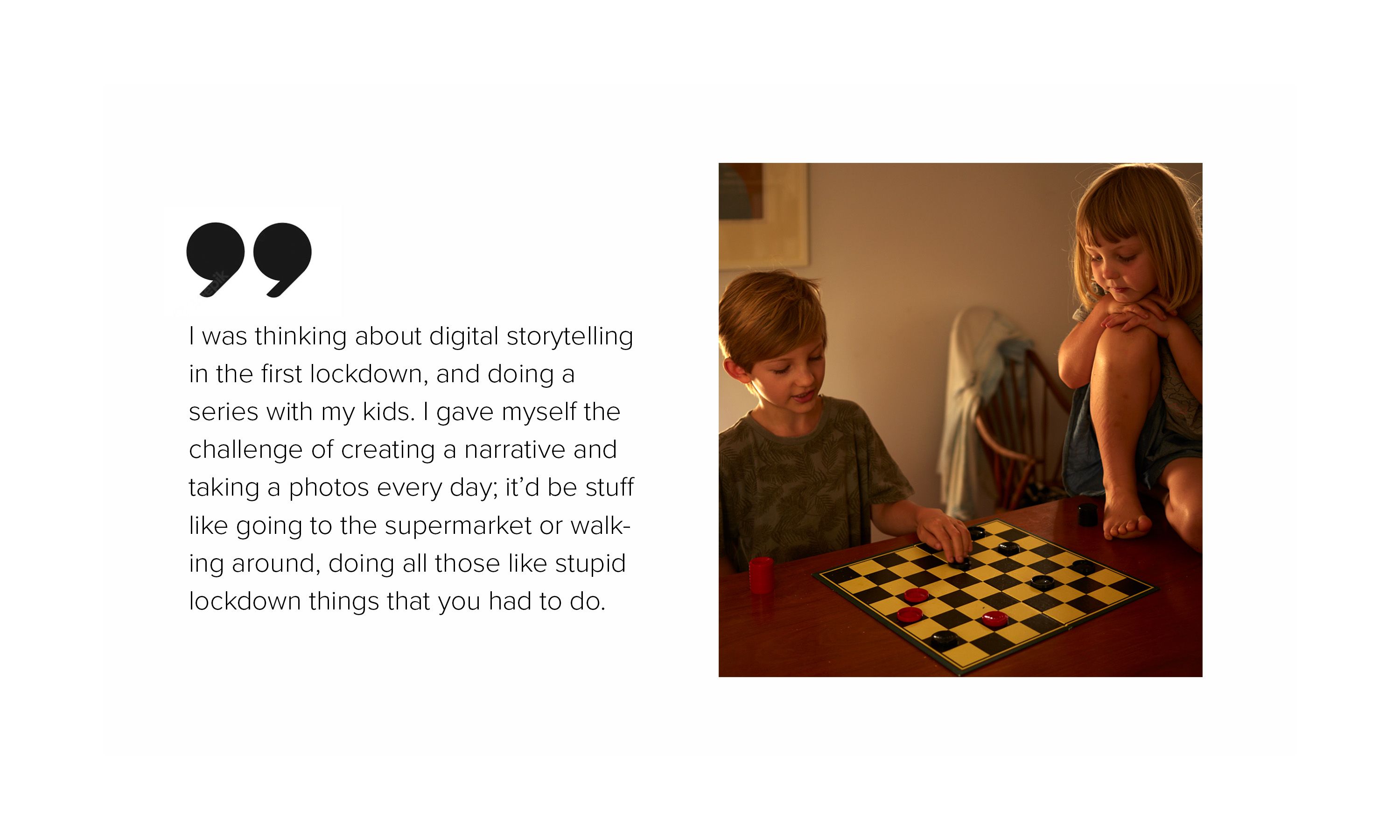

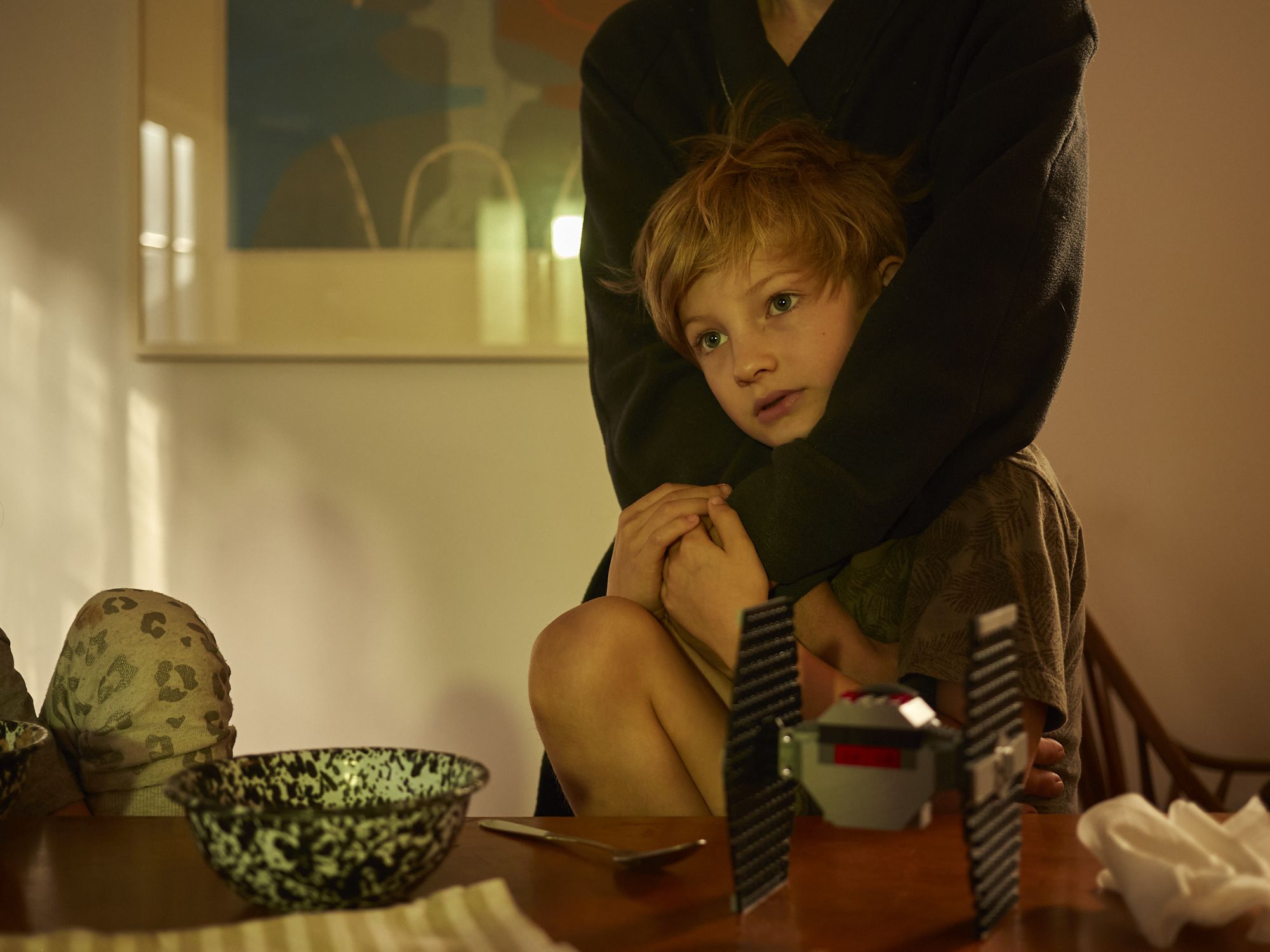

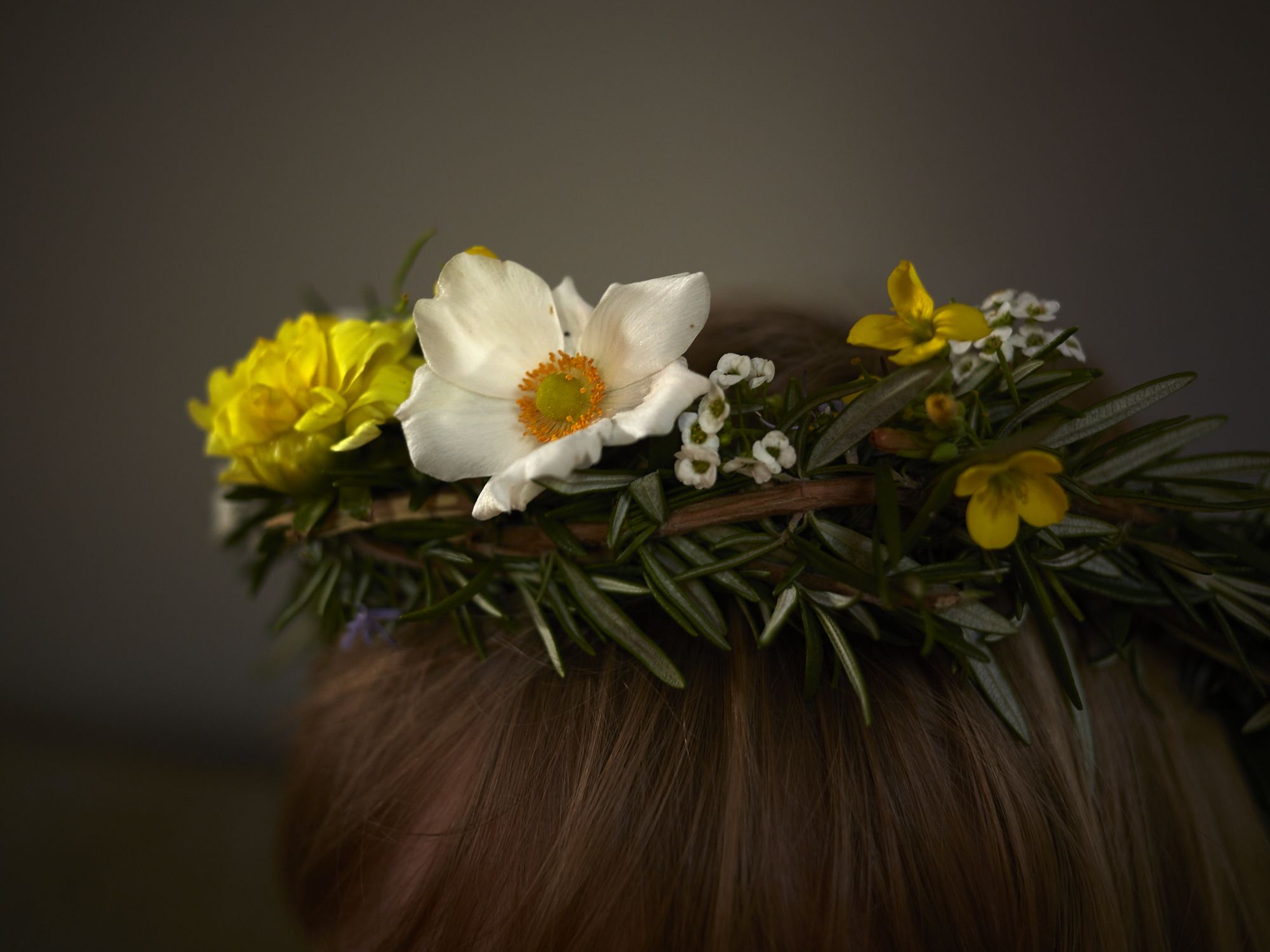
-2000x1500.jpg)
